Want to know how to use social media for business the RIGHT way?
With social media, you can do things like…
- Build a loyal audience
- Expand your reach
- Make more money
- Grow an incredibly profitable business
But there’s a LOT of advice out there about how to grow your business on social media that just doesn’t work.
Maybe you’ve heard people say things like:
- “Post 4-5 times a day”
- “Send a lot of private messages”
- “Run a bunch of ads”
Those strategies typically lead to burnout, NOT results.
What does work? That’s what you’ll learn in this post.
Social media for business guide
- What is social media for business?
- How to use social media for business
- Benefits of using social media
- Best social media platforms for businesses
- How to develop a social media marketing strategy
- Social media marketing tips
- The best social media marketing tools
- Social media marketing courses
- Social media marketing services
What is social media marketing?
First off, let’s start with a definition of what social media marketing is.
Using social media for your marketing means harnessing platforms (like Instagram, Facebook, and so on) to do things like:
- Increase business revenue
- Drive traffic to your website
- Build brand recognition
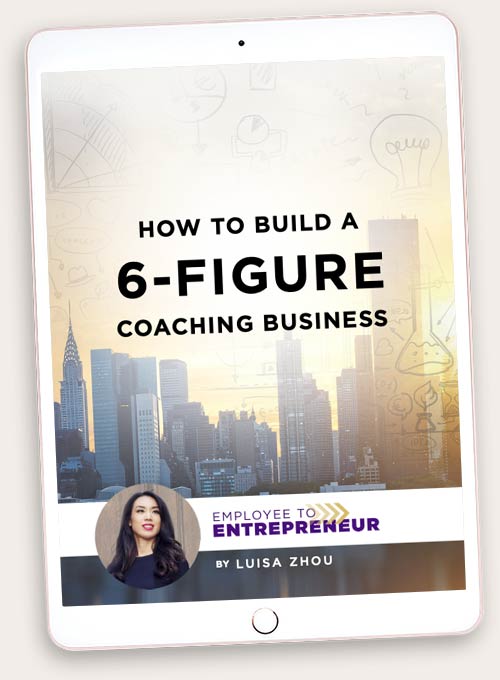
Want to Build a 6-Figure Coaching Business So You Can Achieve More Freedom?
Get Instant Access To My FREE Ultimate Guide Below!
When you sign up, you’ll also receive regular updates on building a successful online business.
How do businesses use social media for marketing?
Social media has billions of active users, which gives you a unique opportunity to attract potential customers.
Just like Airbnb does here:
Social media is all about using these platforms to build a relationship with your audience.
You use it to:
- Publish content
- Engage with your audience
- Build your brand
- Work with influencers
- Collaborate with other brands
- Deliver customer service
- Build PR
- Build an employee brand
- Research competitors
- Run paid ads
What are the benefits of social media for business?
As we’ve already touched on briefly, there are several key benefits to using social media for your business, like:
- Increasing traffic
- Generating leads
- Building your brand
- Converting people faster
Just a few interesting social media marketing statistics include…
- 200 million+ Instagram users visit at least one business profile every day. (Instagram)
- 80% of people who said they watched a YouTube video about a product they were planning to buy did it at the beginning of their shopping process. (Think With Google)
- 83% of pinners have made a purchase based on brand content. (Pinterest)
But maybe you’re wondering…
“There are so many different social platforms now. Which one should I choose for MY business?”
Let’s talk about it.
The best social media platforms for businesses
Social media platforms are NOT all the same.
So, to maximize your impact, do some research to figure out where your target market hangs out the most.
This will depend on a few different factors, like:
- What industry you’re in
- How old your target audience is
- What platforms your target audience uses the most
For example, if you’re trying to appeal to teenagers or young adults, TikTok is the place to be.
In fact, TikTok is becoming THE most popular social media platform among 10–29-year-olds. And 40% of those users don’t have a Facebook account at all.
On the other hand, if you’re trying to reach an older customer base, Facebook or Pinterest are a much better choice – those are the most popular platforms for people aged 55 and up.
But what are the specific platforms? Let’s take a look at them.
YouTube
Users: 122 million per day
YouTube is the second most visited website in the world. So, whether that means longer, in-depth videos or 20-second Shorts, YouTube is where people of all ages go to be entertained, learn, and discover new interests.
With that said, the largest viewer segment is made up of 25-34-year-olds.
How it’s used:
- Deep engagement
- How-to’s and tutorials
- Advertising
How to get started:
- YouTube For Business: Top Ten Strategies & Best Practices
- How to Start a YouTube Channel for Your Business – Step By Step Beginners Guide
Users: 500+ million per day
Instagram is a visual platform. So, people come here to consume and share pictures and videos, keep in touch with friends, and discover new influencers and brands.
And, thanks to features like stories, lives, and reels, it’s a fantastic social media site for businesses – with a big audience. In fact, a whopping 75% of 18-24-year-olds in the US alone use Instagram.
How it’s used:
- Inspiring visuals
- Short-form videos
- Brand collabs
How to get started:
- Getting Started on Instagram for Business
- The Ultimate Guide to Instagram for Business [+Data From 500 Marketers]
TikTok
Users: 1 billion per month
TikTok revolves around short-form video content (typically 15 seconds to 1 minute long), and it’s WILDLY popular among younger users.
Here, the main features include easy video creation, music integration, editing tools, and an algorithm that curates content for users based on watch history.
How it’s used:
- Behind-the-scenes content
- Influencer marketing
- Educational content
How to get started:
- How to Use TikTok for Business – The Ultimate Guide
- 7 Popular TikTok Tips For Small Businesses To Get Started
Users: 930 million members
LinkedIn is a professional social platform that’s all about giving individuals and businesses a place to connect, network, and share content. So, it’s a great way to develop business, recruit talent, and build thought leadership.
How it’s used:
- Lead generation
- Networking
- Content marketing
How to get started:
Meta
Users: 3.6 billion per month
Meta, or Facebook, is the first “modern” social media platform that was rebranded in 2021. The future of Meta seems to be more skewed towards developing tech like virtual reality (VR) and augmented reality (AR) to reshape social interaction and online experiences.
So, who are Facebook users? In the US, the biggest user segment is between 25-34.
How it’s used:
- Contests and giveaways
- Livestreams
- Virtual reality (Oculus)
How to get started:
X (Twitter)
Users: 368 million per month
X (formerly Twitter) lets users share short-form texts, links, and videos. Basically, it’s a hub for discovering the latest news and trends that’s most popular among 25-34-year-olds.
Here, users can follow, retweet, and engage in conversations on all kinds of topics.
How it’s used:
- Brand promotion
- Market research
- Content sharing
How to get started:
- 10 Smart Tips on How to Use X (Twitter) for Business
- X Marketing: Made Easy | The All-in-One Guide For Your Business
Users: 450+ million per month
On Pinterest, users can discover and save images and videos (“pins”) to virtual collections (called “boards”). Here, the focus is on finding inspiration and ideas on topics like home decor, fashion, and recipes, and 76.2% of users are women.
How it’s used:
- Collaborations and group boards
- Promoted pins
- Content sharing
How to get started:
- How to Maximize Your Pinterest Business Account
- How to Use Pinterest for Business: Easy Beginner’s Guide
Snapchat
Users: 293+ million per day
Snapchat is a messaging app that’s known for its auto-deleting messages and features like stories and filters that cater to a younger demographic. In fact, 65% of U.S. 15-29-year-olds who use the internet are on Snapchat.
How it’s used:
- Influencer collaborations
- User-generated content
- Sponsored lenses and filters
How to get started:
Google Business Profile
With Google Business Profile, you can increase your local business’s visibility in search results by providing basic info, like:
- Your business address
- Hours of operation
- Contact info
- Reviews
This makes it a lot easier for people to find you, and you can track your business performance over time.
How it’s used:
- Optimized business visibility
- Customer messaging
- Reviews
How to get started:
- Google Business Profile – Get Listed on Google
- Google Business Profile Set Up: Step-by-Step Tutorial for Best Results

Want to Build a 6-Figure Coaching Business So You Can Achieve More Freedom?
Get Instant Access To My FREE Ultimate Guide Below!
When you sign up, you’ll also receive regular updates on building a successful online business.
How to set a social media strategy for your business
Listen: Randomly posting to social media or buying followers or playing games to “hack” your way to success doesn’t work.
To see real results, you need a plan. Here’s what you should do:
Know your target audience
I touched on this briefly above, but this point is really important. To have an effective social media strategy, you need to know your audience.
Because here’s the thing…
If you don’t know who your audience is, you won’t know how to reach them on social media.
So, that’s why you have to figure out:
- Who you’re trying to attract
- Where they hang out online
Then, focus on growing on ONE platform at a time.
Why just one platform?
Let me explain…
A lot of people think the best way is to sign up for ten different accounts and post the same content across the board – without doing their research to find out what kinds of content work best on different platforms.
And then… crickets.
They don’t get any traction.
That’s because to grow sustainably, you have to master one platform at a time.
Again, since every social media platform is different, you can’t use the same approach for each and expect to succeed on all of them.
For example, reels are popular on Instagram, but text-based content is more common on LinkedIn.
Instead of signing up for more accounts than you can handle and trying to grow on all of them, take it one step at a time.
That’s what I did early on, too. I started promoting this business I’m running now on Facebook – specifically in Facebook groups.
I then expanded to Facebook livestreams and Facebook ads, so I really utilized all the ways I could reach my audience on the platform.
That’s not to say Facebook (now Meta) is the right platform for you. This was years ago and the platform has really changed.
But the point is, I didn’t use other social media platforms before I had fully mastered one platform.
So, bottom line:
- Know your audience
- Find out what their favorite social media platforms are
- Pick one
- Learn the ins and outs of that platform until you’ve mastered it
And once you’ve followed all of these steps, repeat the last step with other platforms.
Develop content
Initially, you might have a lot of motivation to post a lot. And that’s great.
But… over time, motivation can be hard to maintain.
And here’s the thing:
It’s better to have a consistent system where you post every day or every week rather than a system that constantly fluctuates.
So, first, be consistent when you’re developing content.
And second, use the content formats that get the most engagement on your platform. This might differ from platform to platform, so test different things.
Depending on the platform, you can use text, video, gifs, and so on, so take advantage of that.
Build your brand
As a business owner, you want to create a brand that stands out – especially on social media, where it’s all about being memorable and building relationships.
Okay, but how?
Think about what makes your product or service unique.
For example, maybe you have a unique professional background that your competition doesn’t have. Maybe your “secret sauce” or approach to solving problems makes your brand different.
Or, maybe you’ve studied the market and created an offer that fills a demand – and THAT’S what sets your social media presence apart.
Track your analytics
Once you’ve built your brand, track how your social media marketing is performing.
Here, you want to set goals that push you to do better WITHOUT being so ambitious that you won’t achieve them. So, start small, and set higher and higher goals as you go.
You can use Google Analytics to track social media traffic coming to your website and the platform-specific tools to track your performance on the social media channels.
Have a sales funnel in place
A sales funnel is how you can gradually convert people into customers. So, this doesn’t have to be complicated.
For example, you can create a sales funnel by having a link that people can use to:
- Book a discovery call with you
- Sign up for your email list
- Receive a free PDF that solves a problem they have
Okay, now that we’ve talked about strategy, let’s get into some tips that’ll help you grow faster.
The best social media marketing tips for businesses
Here’s what you need to know about effective marketing:
Share content people want
When you’re ready to harness social media for business growth, keep this in mind:
Offer what people are looking for, not necessarily what YOU want to post.
Let me explain…
People don’t want to be bombarded with sales pitches when they log on to social media.
That’s what I talk about here:
According to a study, they’re mainly looking for social interaction, information, and a fun way to pass the time.
So, as a business, think of that when you’re creating content. If you offer value, people will be much more likely to want to buy from you.
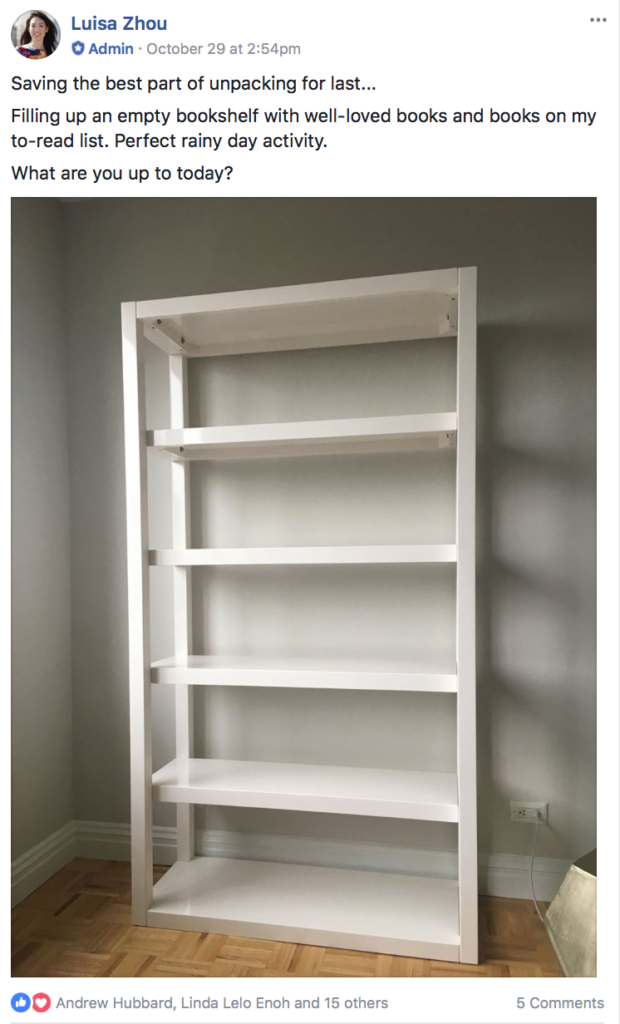
Be consistent
I’ve said it before and I’ll say it again: Consistency is key when you’re using social media for business growth.
What I did when I was getting started was I set aside 15-minute time slots three times per day to engage with people on social media.
I also did livestreams every week to connect with my audience and build relationships (and I’ll talk more about relationships in a bit). And during the weekend (I was working a 9-5 back then), I’d create more social media content to share throughout the week.
Diversify your content
Listen: There are plenty of things you can share with your audience.
For example, you could…
- Do fun Q&As
- Share your expertise on how to solve a relevant problem people have
- Tell stories
- Talk about your successes and failures
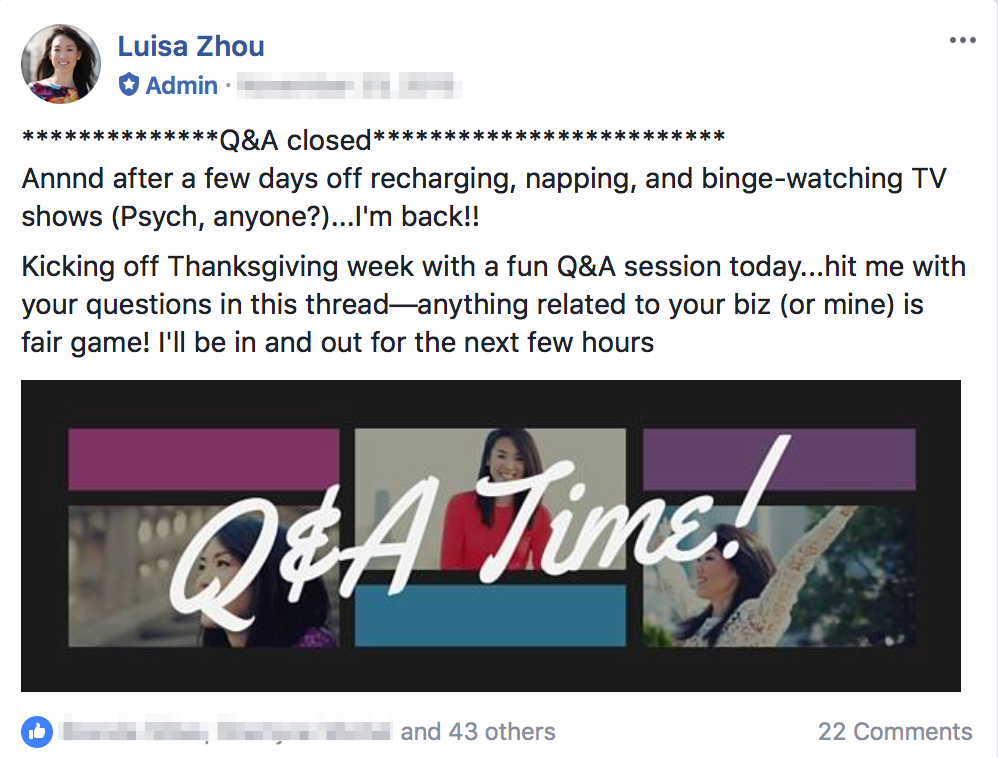
It all depends on the best way to connect with your audience.
Which leads to the next point…
Build real relationships
Ultimately, people buy from businesses they trust.
And building relationships with your audience is about focusing on them, not your product/service or yourself.
In short, be human. Don’t just post something and immediately log off. What this step really comes down to is engaging with and responding to people.
Offer value
Look: There are PLENTY of ways to offer value. But one way I’ve found helpful is doing weekly livestreams or other video content.
Why videos?
Here are a few benefits:
- Videos are really engaging
- They’re not super time-consuming (20 minutes is a good length)
- They help you connect with your audience on a deeper level and answer specific questions they have
Livestreams are a win-win because you address people’s needs and concerns, you solidify yourself as an expert whom they like and trust, and you can connect with your audience in real-time.
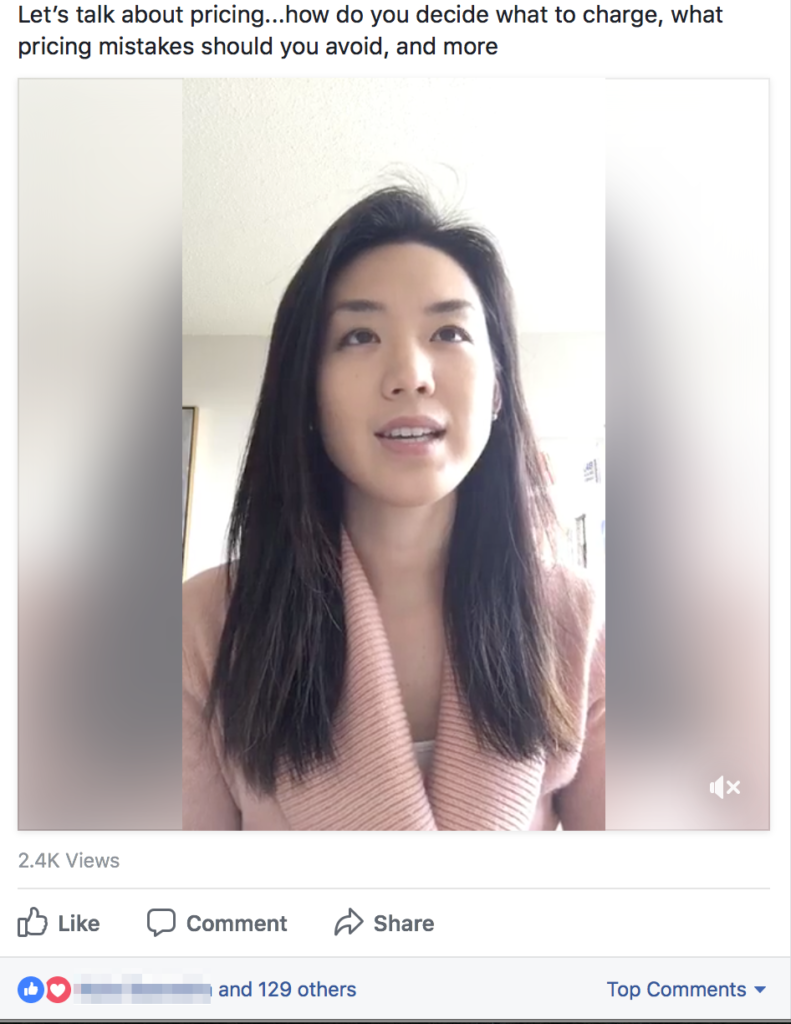
Early on, the majority of my private clients found me after watching a livestream.

Want to Build a 6-Figure Coaching Business So You Can Achieve More Freedom?
Get Instant Access To My FREE Ultimate Guide Below!
When you sign up, you’ll also receive regular updates on building a successful online business.
Track your results
Listen: Success doesn’t happen overnight.
When I was a new business owner, it took me a while to gain traction and develop content that worked.
So, here’s the deal… If you’ve been tracking your leads and sales but you’re struggling to get engagement, that’s something you can fix.
Start by re-examining your approach to see if there are things you can do differently, like creating the RIGHT kind of content.
After all, I didn’t get my first clients right away. In fact, it took me quite a few months to build up enough engagement – and a lot of testing and tweaking.
I talk about how to do this here:
The best social media marketing tools for businesses
Okay, now let’s get into some specific tools you can use to grow your business.
- Later: This tool lets you do things like schedule social media posts in advance, create captions and a custom link-in-bio page, and get insights into your analytics
- Tailwind: Here, you can plan what to post based on your business, create content, automate posting, and merge your marketing efforts – all in one place
- Buffer: With Buffer, you can get hashtag suggestions, save time on scheduling, and collaborate with team members
- Sproutsocial: This all-in-one marketing tool lets you easily integrate different accounts so you can manage your marketing efficiently
- Canva: Whether you need social media templates or color palette ideas, Canva is a great beginner-friendly graphic design tool to use
The best social media marketing courses for businesses
Want to take a course to up your social media game? Here are a few options:
Social Media Marketing Certification
HubSpot
If you’re looking to increase your marketing skills (and get certified doing it!) HubSpot’s certification is a great option. Here, you get lessons, videos, and quizzes to test your knowledge as you go through the material.
Price: Free
Social Media Marketing Training
Hootsuite
Hootsuite’s marketing course gives you the tools you need to get better marketing results – immediately. And the best part? It’s an industry-recognized course that marketing strategists helped design, so you’ll learn things that are actually relevant.
Price: $199
Social Media Marketing Mastery
Udemy
If you’re looking for an affordable, comprehensive course, consider this one. Here, you’ll learn how to succeed on specific platforms, like YouTube, Instagram, and LinkedIn.
Plus, you’ll also get access to videos, articles, and other resources – in addition to a certificate of completion at the end.
Price: $34.99
The best social media marketing services
Okay, we’ve talked about how you can get better at social media yourself, but what else is there? Let’s take a look.
Social media marketing agencies
If you want someone to take care of your social media campaigns for you, an agency can do that for you. There are agencies that do organic social media and paid ads or just one of them.
Social media marketing software
As I talked about earlier, there are a lot of tools that can help you boost your social media efforts, like:
- Hootsuite
- Buffer
- Sprout Social
- HubSpot
- SocialBee
Next steps
So, there you have it! Now you know how to use social media for business growth.
As you can see, there are a lot of resources and strategies that can help you expand your business – and ultimately boost your revenue and visibility.
Want to go deeper?
I created a FREE blueprint that walks you through how to build your own online business with skills you already have in the fastest way possible…Get it now!

Want to Build a 6-Figure Coaching Business So You Can Achieve More Freedom?
Get Instant Access To My FREE Ultimate Guide Below!
When you sign up, you’ll also receive regular updates on building a successful online business.
Read more:
How to Get Clients Using Social Media
The Best Ways to Attract More Customers



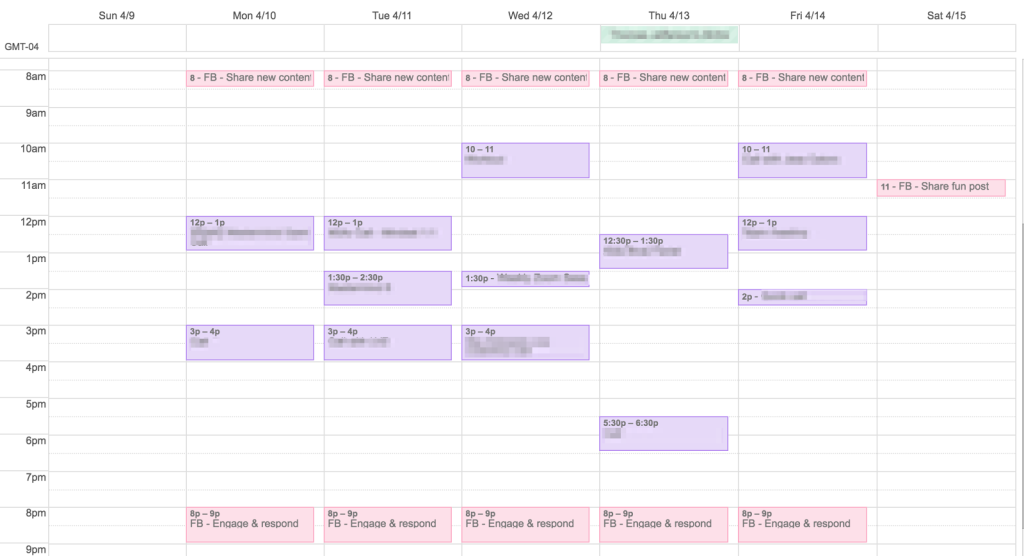



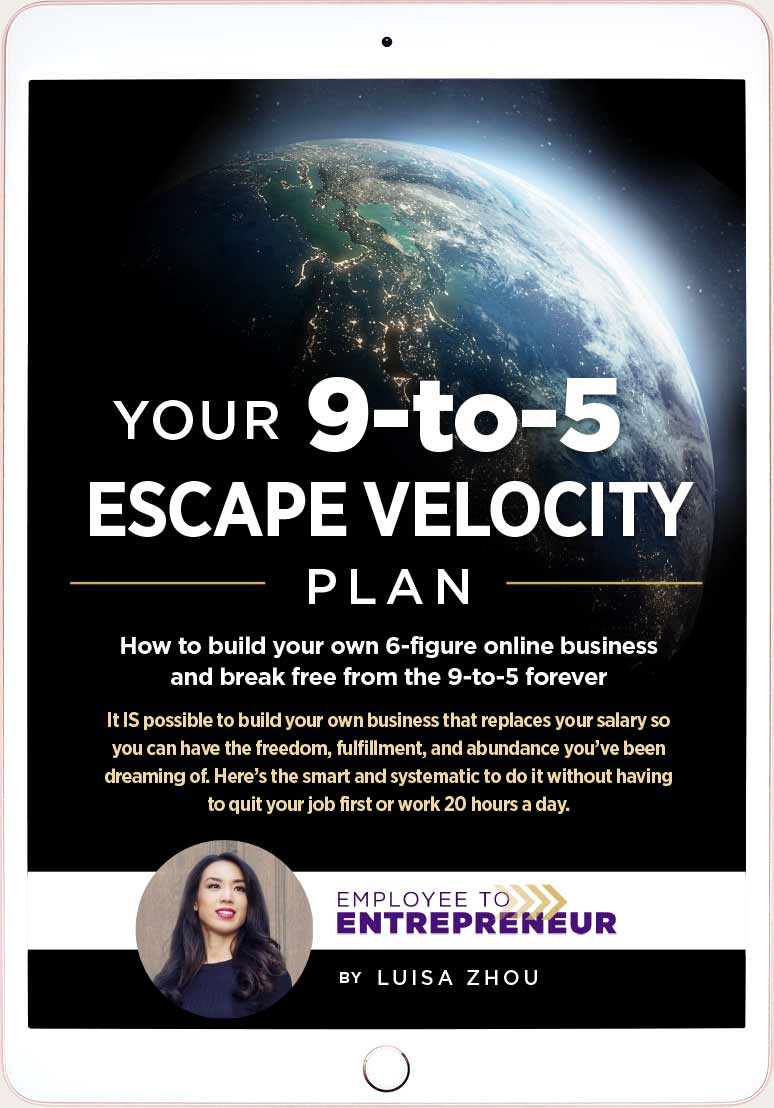


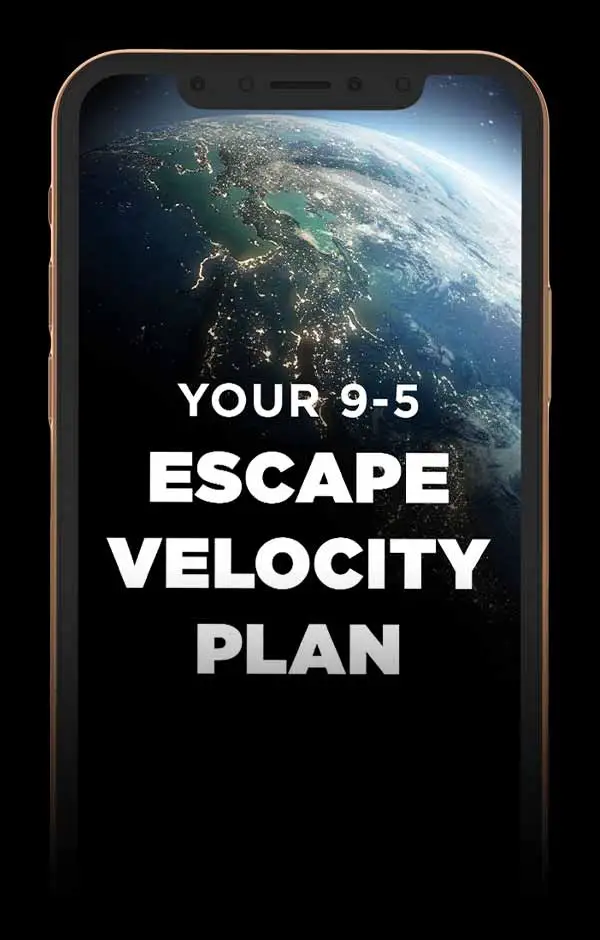
One Response
thanks heaps Luisa 🙂
Totally loved all this value… Keep doing what you’re doing because its helping me in creating my business…and this kind of stuff is what I need 🙂
xx